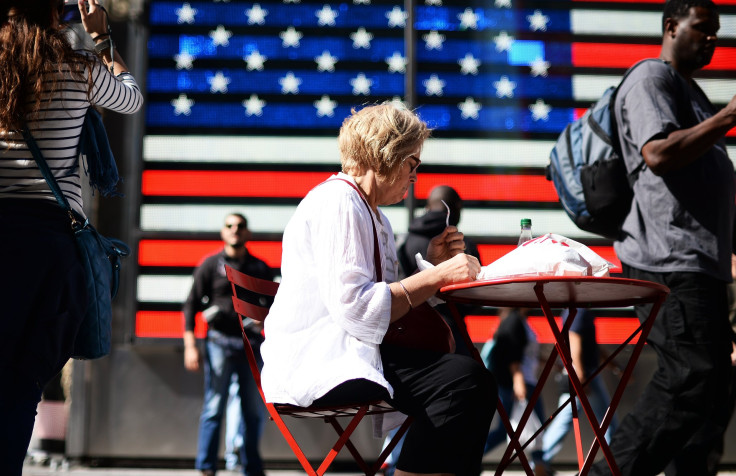US Falls In Global Rankings Of Women's Equality: World Economic Forum

For moms and dads looking to share the load of raising a newborn, there is Slovenia, which was once a republic in the former Yugoslavia. The country of two million offers some of the most generous paternity benefits in the world, allowing fathers 30 calendar days of paid time off – second only to Iceland for length of paid time to spend with a little one. It's the kind of policy that economists say can help families divvy up labor at home and boost women's participation in the workforce.
Over the past decade, Slovenia has been making steady improvements on a range of indicators that gauge women’s equality across the globe – so much, in fact, that it is suddenly zipping ahead and leaving the United States in the dust.
That’s according to the World Economic Forum’s 2015 Global Gender Gap Report, released on Wednesday. For the first time since the WEF began quantifying the gap in 2006, Slovenia broke into the ranks of the top 10 countries with the most equality between the sexes, alongside countries such as Iceland (No. 1), Rwanda (6), and Switzerland (8). Slovenia jumped 14 spots since last year, from No. 23 to No. 9.
The U.S. fell eight spots, from No 20. to No. 28.
The index measures 14 indicators divided among four broad categories: economic participation and opportunity, educational attainment, health and survival, and political empowerment. It's designed to capture levels of gender equality within a given country -- whether men and women enroll in school at the same rates, for example -- regardless of whether the country is richer or poorer than another.
Today the index includes 145 countries, but of the 109 countries the index has tracked since 2006, Slovenia has made the fourth largest gains on the list, driven largely by improvements in indicators for economic participation and opportunity, and for political empowerment. This year, for example, Slovenia ranks 10th in terms of women who hold high-ranking government positions (minister or cabinet level), with women serving in 44 percent of those roles compared to 18 percent last year.
That same indicator proved costly for the U.S.’s gender parity ranking. Ironically, even as a woman who was once a part of President Obama’s cabinet now runs for president, the report’s authors attributed the lower U.S. ranking “mostly due to a decrease on its political empowerment score,” finding that the portion of women with cabinet positions declined from 32 percent to 26 percent.
The U.S. also dropped out of the top 5 countries that are doing the best on economic participation and opportunity, owing to “slightly less wage equality for similar work,” the authors said.
Globally, the report found that the economic gap between men and women is only 59 percent closed -- just a 3 percent improvement since 2006 -- and that it could take more than a century for the gap to close entirely.
The slow progess on the economic front -- which includes labor force participation, wages, and type of jobs held -- belies worldwide advances in education. According to the report, the educational gap is 95 percent closed on average and women comprise the majority of students enrolled in post-secondary education in nearly 100 countries.
"This means that, though countries are ideally poised to maximize opportunities for women’s participation in the labor market, many have failed to reap the returns from this investment," the report says. The authors argue that government can enact policies in areas such as parental leave, childcare assistance and taxation to better promote women's employment.
© Copyright IBTimes 2024. All rights reserved.




















